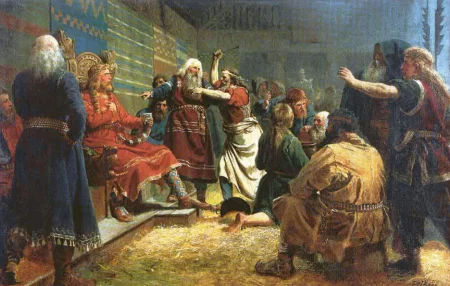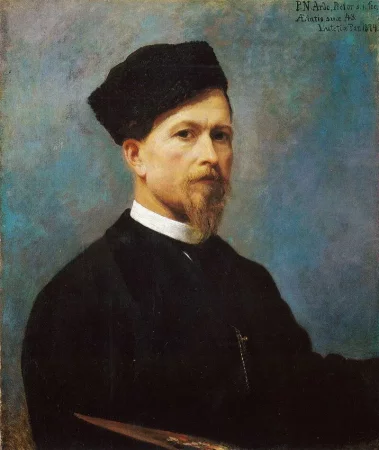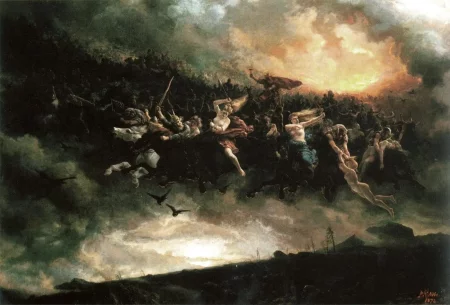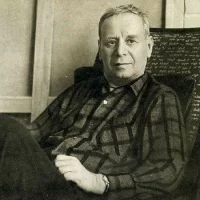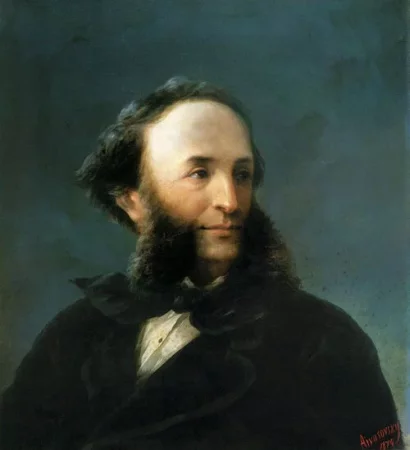Haakon the Good, Arbo Peter Nicolai - Description of the Painting
Haakon the Good - Arbo Peter Nicolai
Famous his works devoted to the Scandinavian myths, fairy tales and stories, Arbo Peter Nicolai, was born in Norway in 1831, close to the town of Drammen, in the family of the director of the local folk school Arbo Christian Frederik.
The young man commences his study in Copenhagen, subsequently entering the most famous art school in Europe - the Dusseldorf Academy of Arts. Peter Nicolai was fond of the history of his native country, as well as the Scandinavian and Germanic mythology.
His deep interest in history found its reflection in the work titled “Haakon the Good”, created in 1860.
Haakon I the Good was the third Norwegian king, who lived only 41 years. He was given such name by the people and history as, in those cruel times, struggling for power, the king managed to avoid taking life of any of his blood relatives.
Haakon obtained a good upbringing, perfectly mastered martial arts, was very stately and eloquent. He gathered an army to oppose his brother Eirik Bloodaxe, who intended to lead the whole kingdom. Eirik subsequently fled to England and was killed there.
The Haakon the Good’s reign was peaceful and wise, with much attention paid to the establishment of laws.
The painting might be depicting a scene of Haakon resolving one of the disputes over land to be inherited. After all, those were the times when free landowners, or bonds, were a rather important segment of the population since they participated in the discussion of national issues and even agreed or disagreed with the king’s actions.
But, given the aggressive bond in the central part of the painting, that the work shows how the issue of a religious nature is being discussed.
Haakon I was a Christian king in a pagan country; however, he failed in promoting Christianity. The was no effect of the king to accept the true faith on the leaders and bonds.
And, perhaps the picture immortalizes the scene of the oldest and most influential bond threatening and demanding that Haakon takes part in the ritual of offering sacrifices to the pagan gods; while the king is restrained, he understands that for now he is forced to concede and give up his ideas and beliefs.
Comments (0)
Top
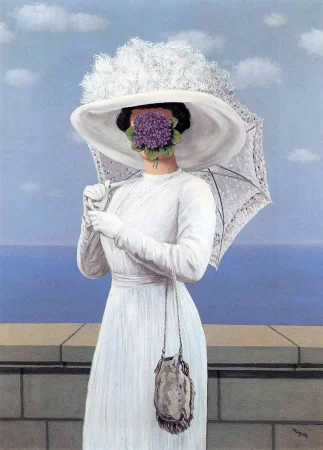 Painting The Great War, Rene Magritte - Meaning and Analysis
Painting The Great War, Rene Magritte - Meaning and Analysis
The Great War - Rene Magritte. Canvas, oil. 81 x 60 cm...
10.10.23
1 086
0
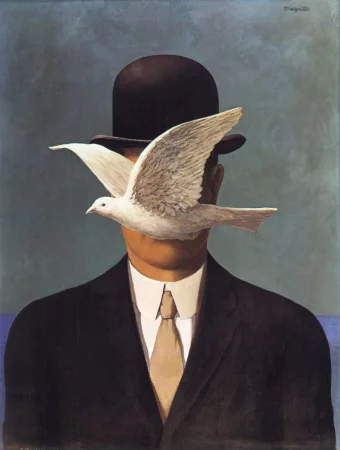 The man in the bowler hat, Rene Magritte
The man in the bowler hat, Rene Magritte
The man in the bowler hat - Rene Magritte. Canvas, oil. 70 x 50 cm...
06.09.23
2 725
0
